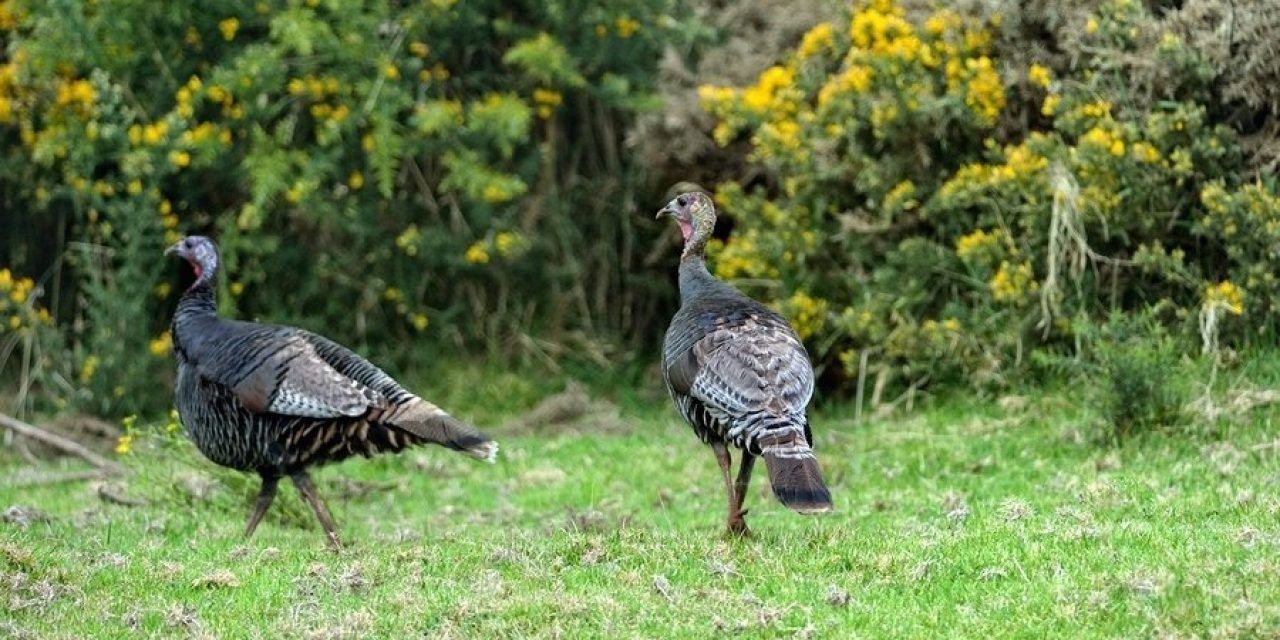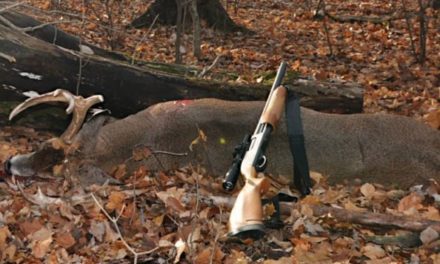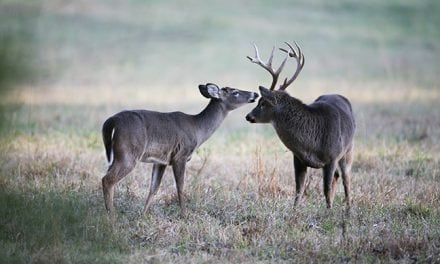
Use these five turkey hunting secrets to see more success this spring… just don’t tell anyone.
Every sport has secrets. Whether or not you know about them–or use them correctly–is up to you.
If you follow these turkey hunting tips, you’re sure to have a better spring turkey season.
Let’s dive in.
Call like a gobbler to kill a gobbler
The mating urge is strong in spring gobblers and hen calls are usually the order of the day. But if the sound of a lonesome hen fails to attract the longbeard you’re chasing, challenging his dominance might.
How to Do it: Choose a call that has a low and raspy tone. Cluck once and make three slow soft yelps. This might not sound like much to you, but to a fired-up gobbler, it’s the equivalent of someone eyeing his girlfriend, glancing and nodding his way saying, “Wassup?”
If that doesn’t get him in the fighting mood, gobble on a diaphragm call or gobble tube. This is the ultimate sign of dominance and will fire up any tom worth his weight in wing feathers.
Call him across a canyon
We’ve all had a gobbler answer our calls from across a canyon, river, property line or other obstacle we can’t negotiate. Here’s how you silence that bird for good.
How to Do it: Call aggressively to the bird until you get him worked into a frenzy and then walk away. As you walk, stop and call to the bird every 75-100 yards. If he keeps responding, keep walking and calling. If he goes silent, get ready. He may be trying to catch up with that “hot hen” he heard from across the way.
This one won’t work every time, but what do you have to lose?
Cool it when he’s close
Like humans, wild turkeys talk as loud as they need to for the listener to hear. Cooling it on your turkey calls can bring a bird the last few yards you need to make a killshot.
How to Do it: Once a gobbler is inside the 80-yard mark, cool your calling down. Quit the loud cutts and yelps on your box call and focus on soft clucks and purrs. Scratching in the leaves to imitate a feeding hen can also be effective. Stay ready and scan the area with your eyes. Toms often approach from unexpected angles.
Double-team a gobbler
When toms won’t commit, a double-team is in order.
How to Do it: Position a shooter 30-50 yards in front of the caller and call as usual. When the gobblers stops at his usual hang-up spot, the shooter will be in perfect position to fill his tag. Where it is legal and terrain permits, the caller can also keep the bird gobbling while the shooter stalks in for the shot.
Rule the roost
Many states allow evening hunting and, while not as exciting as a morning hunt, these outings can be just as successful.
How to Do it: Listen for gobbling before daylight. When the turkeys leave the area, go in and find their roost trees. The ground below them will be marked with droppings and wing feathers. Set up near the roost tree in the evening and call sparingly. Wait for that greedy gobbler to come looking for the hen you are imitating before going to roost.
If the woods could talk, these are the secrets it would tell you. These are the secret tips the woods see successful turkey hunters use each spring.
Happy spring turkey hunting!
NEXT: EXOTIC EXCURSION: CHASING AOUDAD THROUGH THE MOUNTAINS OF WEST TEXAS
WATCH
The post The 5 Best-Kept Turkey Hunting Secrets appeared first on Wide Open Spaces.
















